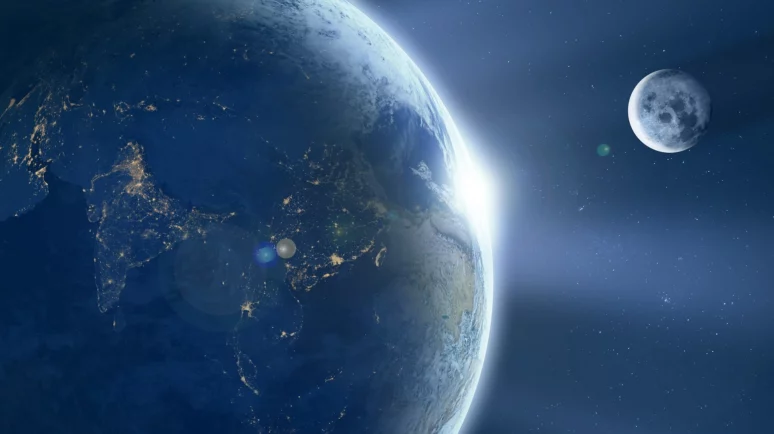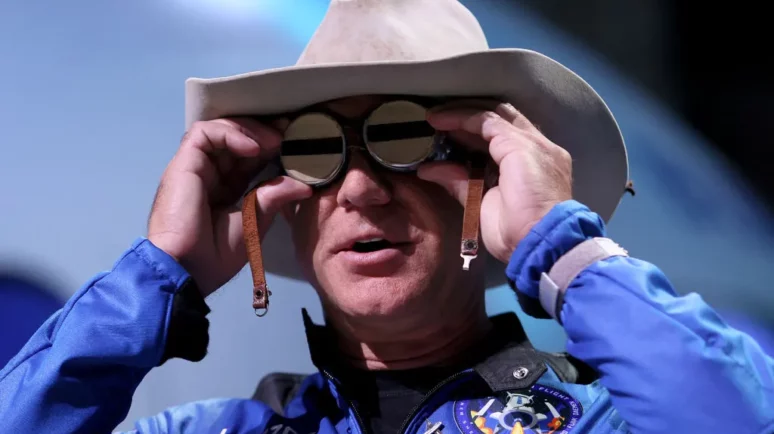NASA Astronauts to Embark on Mission to Grow Space Crops on the Moon

Astronauts will grow crops on the moon as part of Artemis III. Photo by Paul Hennessy/Anadolu via Getty Images.
Key Takeaways
- Artemis III sets out to be the first space mission to put humans on the moon in over 50 years.
- NADA recently confirmed 3 experiments that astronauts will carry out while there.
- The Lunar Effects on Agricultural Flora (LEAF) program will investigate how different food crops grow on the moon.
Scheduled for late 2026, Artemis III aims to be the first crewed lunar landing in over 50 years. So what will the Astronauts do when they get there?
In an announcement on Tuesday, March 26, NASA revealed the first experiments that will be conducted as part of the mission. The 3 confirmed projects will investigate moonquakes, the structure of the lunar subsurface and the effects of growing crops on the moon.
Lunar Effects on Agricultural Plants
The Lunar Effects on Agricultural Flora (LEAF) program will investigate how different crops respond to the lunar environment.
As part of the experiment, a combination of rapeseed (Brassica rapa), duckweed (Wolffia), and thale cress (Arabidopsis thaliana) will be sealed inside a special “plant growth chamber.” The chamber will have an isolated atmosphere and protect the crops from excessive radiation.
The research team then plans to bring seedling samples back to study their physiological responses at a molecular level.
Alongside the other experiments, the LEAF program “will be our first opportunity since Apollo to leverage the unique capabilities of human explorers to conduct transformative lunar science,” said Joel Kearns, NASA’s deputy associate administrator for exploration.
Preparing to Sustain Future Space Missions
The LEAF program marks the second attempt to grow plants on the moon. The 2019 Chinese Chang’e 4 mission resulted in a picture of a 4-day-old cotton sprout which then suffered a thermal control failure.
According to Space Lab, which was selected by NASA to coordinate the program, LEAF will study how the Lunar environment affects the germination and growth of plants that may be used to feed astronauts of the future.
“This research will be a pivotal step toward understanding how we might use agriculture in space to support human crew, paving the way for sustained Lunar exploration and even missions to Mars,” Space Lab Vice President Christine Escobar stated .
Growing Food in Space
In the history of space exploration, several edible crops left Earth long before the first human astronauts.
A series of tests in the 1940s and 1950s launched corn and rye into orbit. By the 1960s, lettuce cabbage, and beans had all been successfully germinated in space.
Through such experiments, scientists have discovered that many species grow more vigorously in low-gravity conditions.
However, attempts to grow various crops on the International Space Station have resulted in damaged crops due to the high-CO2 atmosphere.
For future space missions, agriculture is unlikely to be able to provide enough calories to provide astronauts over a sustained period. Instead, researchers are focused on other aspects of nutrition such as providing vitamins, and sensory properties such as flavor and texture.


